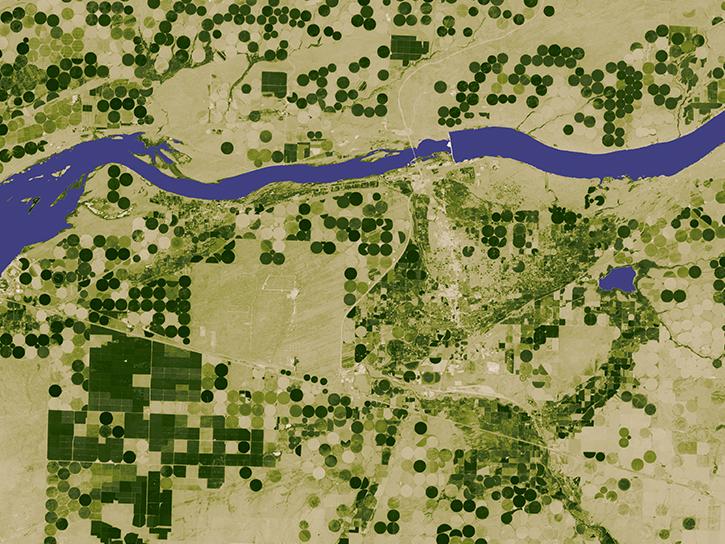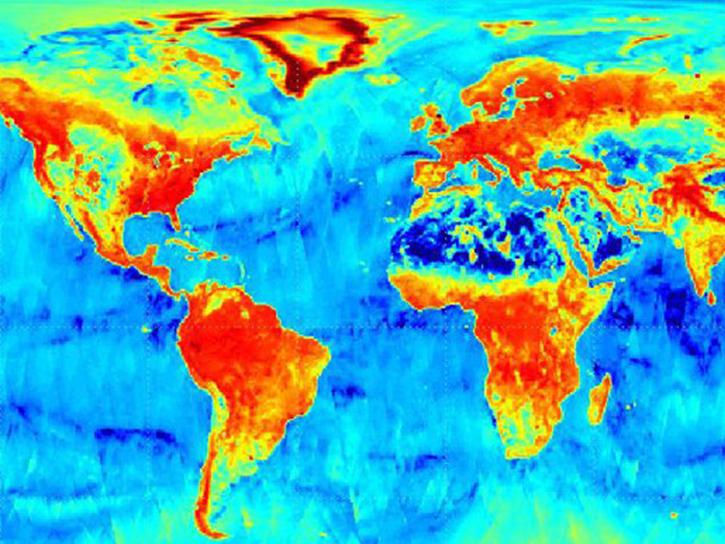Content from all Earth science data sites are migrating into this site from now until end of 2026. Not all NASA Earth science data will appear across the site until then. Thank you for your patience as we make this transition.
Read about the Web Unification Project
Earth Observation Data Basics
The life cycle of Earth observation data is rich and complex, with many points of entry along the pipeline. From collection to visualization, we dive deep into the basics to demystify the incredible data in our catalog.
Quick Filters
36 MIN READ
An acronym and symbol list for NASA's Earth Observing System Data and Information System.
6 MIN READ
Essential variables are known to be critical for observing and monitoring a given facet of the Earth system
3 MIN READ
Learn how NASA defines the levels of data maturity and how data are validated by stage.
14 MIN READ
Learn the basics about remotely-sensed data, from instrument characteristics to different types of resolution to data processing and analysis.
11 MIN READ
SAR is one of the power technologies of remote sensing, and enables high resolution imagery to be created night or day, regardless of weather conditions.
5 MIN READ
Several factors affect the speed at which data are processed and made available to users. Here's how NASA defines data latency.
8 MIN READ
NASA Earth science data are a key component in meeting the 17 Sustainable Development Goals (SDGs) to build a better world for people and our planet.
2 MIN READ
Passive instruments detect energy emitted from the natural environment.
Pagination
SHOWING 8 OF 18







